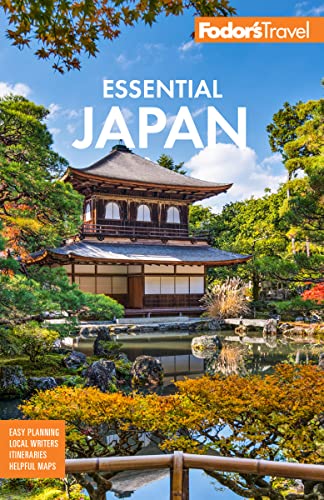Nara's Sacred Deer
Of all the attractions in Nara, there is one that no visitor can miss. At some point, as you wander between temples, you'll spot the city's sacred deer.
Nara's deer have been part of the landscape of the city for as long as any of the temples, and they rival Todai-ji (with its Daibutsu, the famed statue of Buddha) as the favorite attraction for many tourists. Red and flecked with white in summer, their coats turn gray in winter; today there are some 1,200 deer freely roaming around Nara Park and the surrounding hills. After such a long time cohabiting with humans they are familiar with us. And they are used to deference: traffic stops when they decide to cross the road, and they are likely to make their interest in being hand-fed known as soon as they approach you.
Feeding the Deer
Many tourists buy special biscuits, shika senbei (deer crackers), that are available at kiosks dotted around the park. The deer have learned how to appeal and cajole. Some will even bow their head meekly to request food. More often, however, they are not so demure and will jostle for that treat. As they can smell the crackers, it is best not to hide them in a bag or pocket.
Normally, Nara's deer and humans get on harmlessly enough, but visitors should be wary of mothers in May and June, when they will be fiercely protective of their fawns. Likewise, young males can be unpredictable in the rutting season in fall.
The Legend of the Deer
Legend has it that in AD 768 a white deer carried the deity Takemikazuchi-no-Mikoto, one of the first four deities of Kasuga Taisha, from a distant province called Hitachi (now known as Ibaraki, north of Tokyo) all the way to Nara. As a reward, the deer was hailed as divine—and would be forever untouchable. Ever since, the deer inhabiting the Kasuga hills, now part of Nara Park, were considered messengers of the gods and have been both protected and revered. It was only after World War II that the animals were stripped of their divine status, though they are no less cherished. In fact, they are designated as natural treasures by the government, and punishment for harming them can be draconian. One hapless, would-be poacher found this out in 2010, when he tried to bag some illicit venison but ended up with a stretch in jail.
Shika no Tsunokiri
Partly to protect visitors, but chiefly to stop the deer from hurting each other, there is an antler-cutting ceremony each October. The shika no tsunokiri has changed little in 300 years. The bucks are chased into a special enclosure near Kasuga Taisha by seko (beaters) in traditional garb. The seko use juji (nets made of bamboo with rope), which they hurl at the animals, hook the antlers, and then pull the bucks in. A Shinto priest next gives each animal some purified water before sawing off its antlers. All males over four years face the same indignation. The fully grown antlers do not have nerves or veins, so they will not bleed and no lasting harm is done, but the bucks do not undergo the ordeal without a struggle.
Sento-kun
So popular are the deer with tourists that when Nara recently celebrated 1,300 years since its founding and was looking for a character that would embody everything about the city, the winning entry was Sento-kun. Looking suspiciously like an impish Buddha with antlers, he did not go down well with some of the city's more conservative figures who thought him disrespectful to the Buddha. Sento-kun has, however, proved enormously popular with visitors ever since and, if nothing else, is confirmation that Nara's deer are as big a draw as any of the magnificent temples or shrines.




